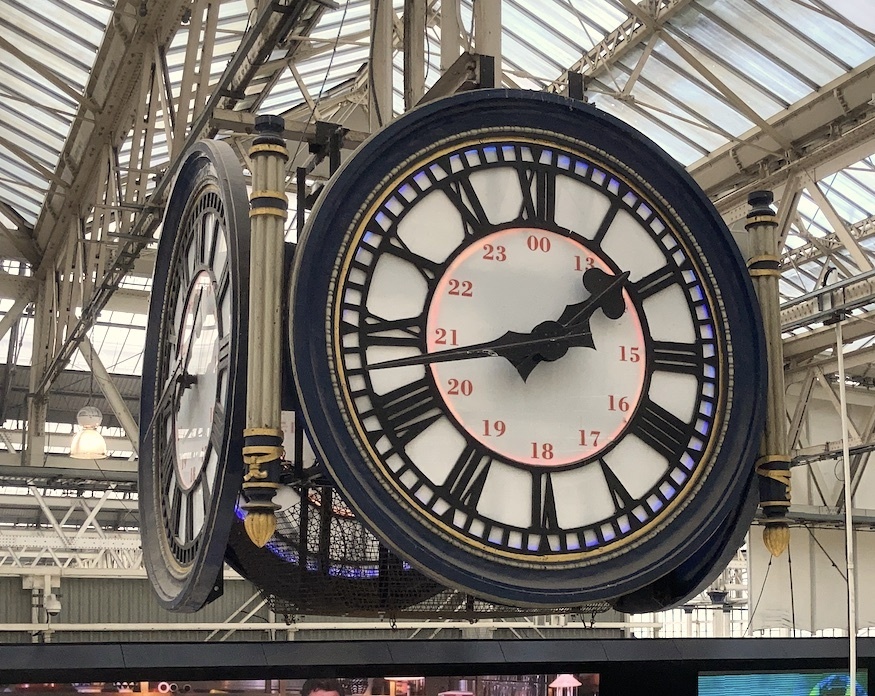In an Olympic year it might be churlish to gainsay the founder of the modern games, Baron Pierre de Coubertin, whose mantra was that “the most important thing in the Olympic Games is not winning but taking part; the essential thing in life is not conquering but fighting well”. That is all very well, but for some psychologists and game theorists rock, paper, scissors (RPS) offered the opportunity to develop strategies that reduced the impact of the implied randomness of the game.
A fascinating article published in Physics and Society in April 2014 by some researchers from Chinese universities described the cognitive processes involved in the game. Taking 360 students and breaking them down into groups of six, they asked them to play 300 games in random pairings allowing them to observe how the players rotated through the possible options. To incentivise them, the players received a small cash prize each time they won.
While there was a slight bias in favour of rock and scissors (35 per cent each) compared with paper, players selected their options randomly on average. However, there was a distinct pattern to the way players behaved after the result of a round of RPS. Those who had won were more likely to stick with their selection, whereas those who had lost not only were prone to change their choice but also to follow a clear sequence, choosing paper after rock, scissors after paper, and rock after scissors and so on.
An understanding of this process, which the researchers called a “win-stay lose-shift strategy”, opens the way to developing a winning strategy. The key is to be a reactive rather than a random or reflexive player, concentrating on reacting to how your opponent plays. As most winners stick to their choice and losers alter their choice in a cyclical fashion, this can be turned to advantage.
The researchers do sound a note of caution, though, by pointing out that opponents who also adopt a reactive strategy will be more difficult to beat. However, they observe that facing an opponent who is confident enough to break away from the “win-stay lose-shift strategy” is rare and basing a strategy on the assumption that most players will stick to a reflex-based strategy will, on average, improve the chances of winning. Extending the concept, Neil Farber, writing in Psychology Today in April 2015, provided a handy list of nine strategies to adopt against non-random players of RPS.
Weighty matters have been decided by a game of RPS. In 2006 a Federal Judge in Florida, Gregory Presnell, ordered the two sides in a lengthy case to settle the matter with a game while three police officers were reprimanded in 2015 for allowing a underage drinker to avoid a fine after beating them at RPS. Even august auction houses, Christie’s and Sotheby’s, resorted to playing a game, under their client’s instructions, in 2005 to determine who would have the rights to auction a collection of impressionist paintings. Taking advice from the 11-year-old twins of a director to choose scissors, Christie’s won, earning a sizeable commission from the subsequent auction.
In the days of yore when our rivers were not full of effluvia, a game of Poohsticks was a pleasant way to spend a summer’s afternoon. It is simple enough, competitors dropping sticks off a bridge into a river upstream with the winning stick the first to reach a designated spot downstream. To avoid unseemly arguments, perhaps to be settled by a game of RPS, each stick should be personalised in some way. AA Milne introduced the game, which he had played with his son off Posingford Bridge in the Ashdown Forest, to a wider public in his The House at Pooh Corner (1928), attributing its invention to Winnie the Pooh.
While 57% of Britons surveyed believe that Poohsticks is a game of pure luck, it too has fallen prey of game theorists. Dr Rhys Morgan of the Royal Academy of Engineering has developed a formula which enables a competitor to gain an edge, expressed as PP (a perfect poohstick) = A * E * Cd, where A is the cross-sectional area, I the density, and Cd is the drag coefficient. In layman’s terms the stick should be long and thick, heavy but not so heavy that it will sink, and with quite a lot of bark to catch the flow of the river like paddles.
Just 11% of the 2,000 respondents, the survey found, instinctively selected the right sort of stick while 30% went for a long, thin stick, which, according to Dr Morgan, is only half right. If you want to test his findings, head to one of these bridges, designated by VisitEngland, as the twelve best for Poohsticks.
Rely on your instincts or pay heed to the game theorists, the choice is yours!





